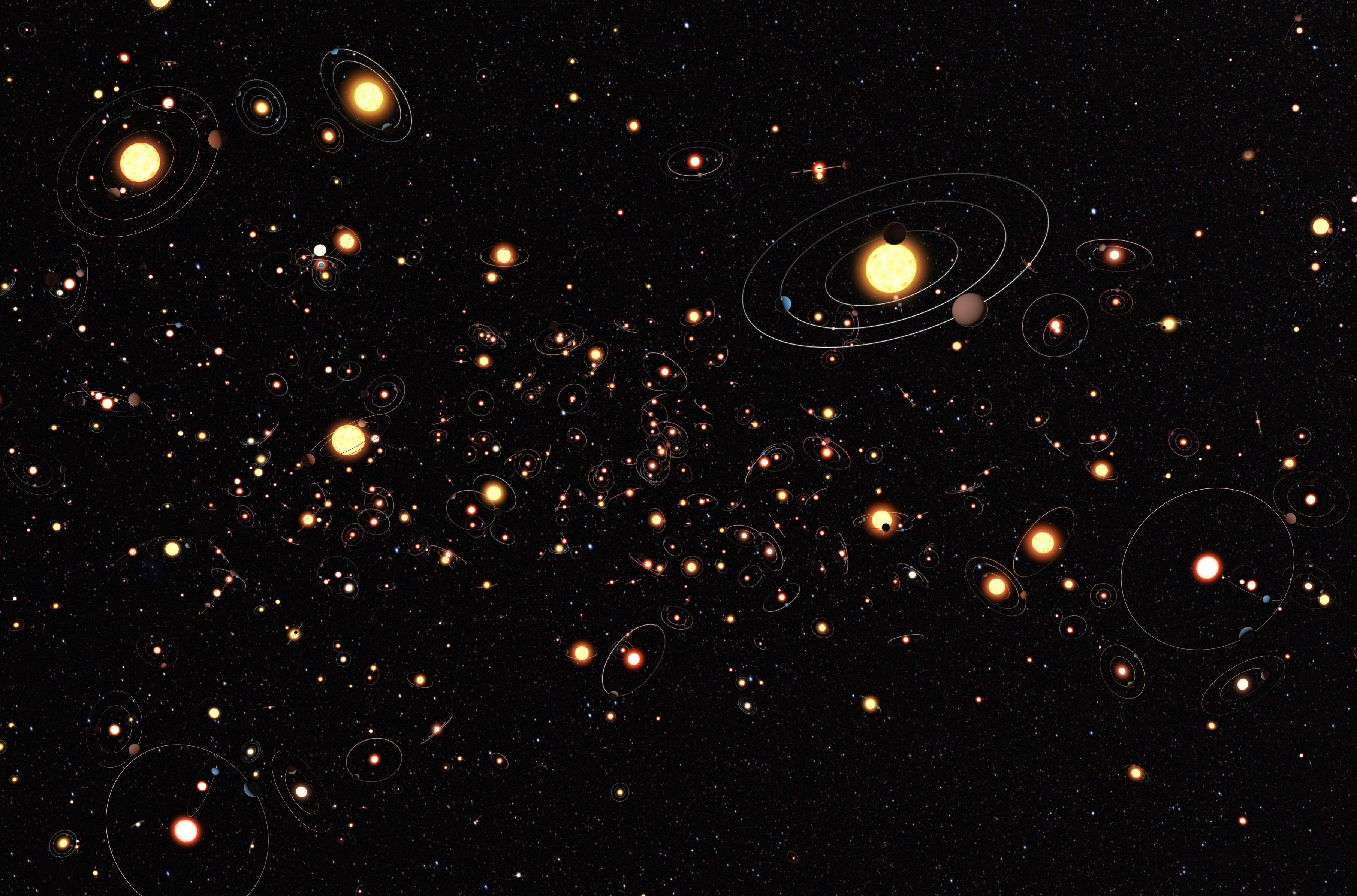
Half the prize went to cosmologist Jim Peebles, and the other half was awarded jointly to Michel Mayor and Didier Queloz for the first discovery of an exoplanet orbiting a sun-like star.

The satellite called Icon, or Ionospheric Connection Explorer, will transmit data intended to help scientists understand the physical processes at work where Earth's atmosphere interacts with near-Earth space.

Scientists have found that the pressure at the edge of the solar system is greater than expected after analyzing data collected by NASA's Voyager spacecraft—the only objects to have traveled to interstellar space.

A titanic, expanding beam of energy sprang from close to the supermassive black hole in the center of the Milky Way just 3.5 million years ago, sending a cone-shaped burst of radiation through both poles of the galaxy and out into deep space.
SpaceX's Starship and Super Heavy launch vehicle is a fully, rapidly reusable transportation system designed to carry both crew and cargo to Earth orbit, the Moon, Mars, and anywhere else in the solar system.

A team of German scientists recently examined data gathered by the Cassini orbiter around Enceladus’ southern polar region and found was evidence of organic signatures that could be the building blocks for amino acids.

Astronomers detected a giant planet orbiting a small star. The red dwarf GJ 3512 is located 30 light-years from us. The planet has much more mass than theoretical models predict.

Astronomers have identified six previously mild-mannered galaxies that suddenly transformed into voracious quasars, erupting in feeding frenzies powered by supermassive black holes.

Astronomers have spotted three supermassive black holes (SMBHs) at the center of three colliding galaxies a billion light years away from Earth. That alone is unusual, but the three black holes are also glowing in x-ray emissions.

It is now confirmed that the comet spotted a few weeks ago by amateur astronomer Gennady Borisov from MARGO Observatory, Crimea, is indeed coming from interstellar space. This is only the second known interstellar object to pass through our Solar System.

According to new study by a team of NASA scientists, Venus would have been able to maintain stable temperatures – from a low of 20 °C (68 °F) to a high of 50 °C (122 °F) – for about three billion years.

Astronomers using the Hubble space telescope have discovered water in the atmosphere of an exoplanet in its star’s habitable zone. The water was detected as vapour in the atmosphere. The planet is called K2-18b.

Largest documented asteroid breakup in the asteroid belt during the past two billion years caused enormous amounts of dust to spread through the solar system. The blocking effect of this dust lead to cooler temperatures which in turn caused diversification.

China’s new radio telescope FAST (Five-hundred-meter Aperture Spherical Radio Telescope) has double the collecting power of the Arecibo Observatory in Puerto Rico, which has a 305 meter dish.

The exoplanet is three times more massive than Jupiter and circles its star in an unusual elliptical orbit, one that would carry it between the Sun’s asteroid belt and the orbit of Neptune if it were transported to Earth’s solar system.